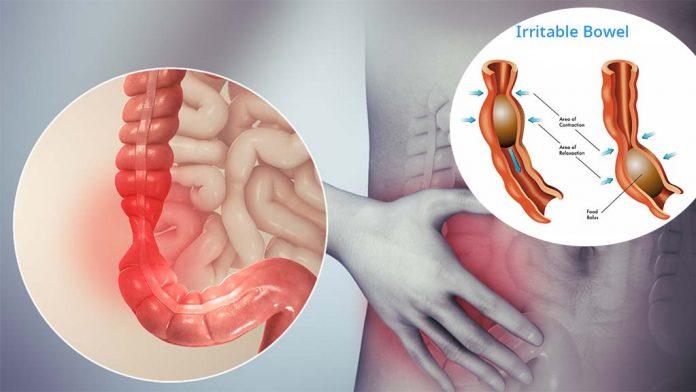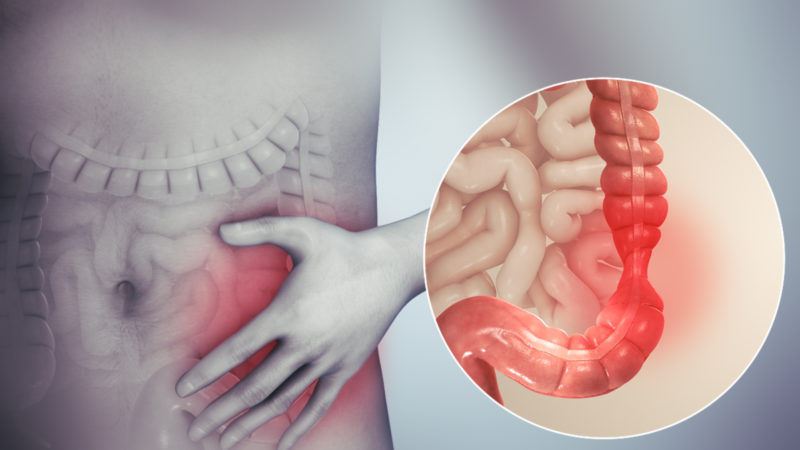What is Cross-Contamination?

Every year around 600 million people worldwide experience foodborne illness due to cross-contamination of food. If you are not aware of what is cross-contamination, then read this post to learn all about it. Here we will also explain how you can avoid cross-contamination.
What is cross-contamination?
The cross-contamination definition is the transfer of bacteria or microorganisms from one substance to another.
Other common causes of cross-contamination are the transfer of chemicals, toxins, and food allergens from one food item to another.
People mostly assume that foodborne illness is caused due to eating outside at restaurants. However, there are many different ways in which cross-contamination can occur, like:
Primary food production
- from animals and plants on farms
- during slaughter or even harvest
Secondary food production
- storage of food
- transportation of food
- food manufacturing and processing
Distribution of food
- farmer’s markets, grocery stores, and more
Food preparation and serving
- at restaurants, home, and other foodservice operations
Types of cross-contamination
There are mainly three types of cross-contamination, which are explained below.
Food-to-food
Adding contaminated food to non-contaminated food can increase the chances of food-to-food cross-contamination. This can spread and populate non-contaminated food with harmful bacteria.
Some examples of contaminated food are improperly washed food, undercooked or raw food can be a breeding ground for bacteria, which can negatively affect your health.
Food items with maximum risk of bacterial contamination are bean sprouts, leafy greens, leftover rice, soft cheese, unpasteurized milk, deli meats, poultry, seafood, raw eggs, and meat.
For Instance, leftovers kept for long hours in the fridge can result in bacterial growth. Avoid leaving food in the fridge for more than 1-2 days.
Equipment-to-food
Another common type of cross-contamination is Equipment-to-food. Bacteria can survive on different surfaces for long periods like utensils, countertops, storage containers, cutting boards, and food manufacturing equipment.
When the surface or equipment is not properly washed or get contaminated unknowingly, it can transfer these harmful bacteria to our food. This can also happen during food manufacturing or packaging and even at home.
People-to-food
Humans are responsible for transferring bacteria from their clothes, bodies to food during food preparation.
For Instance, if you cough into your hands and touch raw eggs or without washing the hands in between, you will end up transferring your bacteria to food.
In a 2019 study done on 190 adults, it was found that 58% of participants washed their hands before preparing food, while 48% washed their hands after coughing or sneezing.
Another common way of human food cross-contamination is via cell phones. Our mobile phones are loaded with bacteria, and when we use them to pick up a call while cooking, we tend to transfer these bacteria to our food. Similarly, wiping hands with dirty aprons or towels contaminates our food.
The most effective way to minimize cross-contamination is by washing the hands properly using soap and water for at least 20-30 seconds.
Side effects
Cross-contamination side effects can range from mild to severe.
Some common mild side effects of cross-contamination are headache, loss of appetite. Diarrhea and nausea. These side effects usually appear within 24 hours or can even appear after weeks of exposure.
If you suffer from diarrhea or vomiting, make sure to hydrate your body properly. Drink sports beverages or electrolyte drinks.
Common severe side effects of cross-contamination are bloody stools, dehydration, fever, organ failure, and even death. If you notice any of these signs, make sure to get checked immediately.
Who is at risk?
Everyone can get sick by consuming contaminated food. However, some people are more at risk of cross-contamination, which includes:
- pregnant women
- children below five years of age
- adults above 65 years of age
- People with weakened immune systems —people with HIV/AIDS, cancer, or uncontrolled diabetes
Considering that these group segments make the majority of our population, it is essential to practice safe food handling habits.
How do you avoid cross-contamination?
There are several methods that can help in avoiding the risk of cross-contamination:
Food purchasing and storage
- Avoid buying foods that are close to the expiration date unless you plan on eating them right away.
- Always store raw meat in airtight containers or plastic bags. Keep them at the bottom shelf of the freeze to prevent any juice from leaking into other foods.
- Use separate grocery bags to keep eggs and raw meat.
- You must consume leftover refrigerated food within 2-3 days after cooking at the right temperatures.
Food preparation
- Wash hands properly using soap and water for at least 30 seconds before starting food prep or after touching raw meat, using the washroom, petting an animal, sneezing, using cell phones, or any device.
- Wash countertops, utensils, cutting boards, or any other surface with warm water and soap properly.
- Use a separate cutting board for meat and vegetables.
- Use clean dishcloths and sponges
- Cook food at proper temperatures.
Final Words:
Bacterial cross-contamination can leave serious and sometimes fatal consequences. Fortunately, these are easy to prevent. Always wash and sanitize equipment, practice good hygiene, store and serve food separately to avoid cross-contamination.
Now that you know what is cross-contamination and how you can avoid it, always follow safe food handling practices to protect yourself and others from falling sick.






